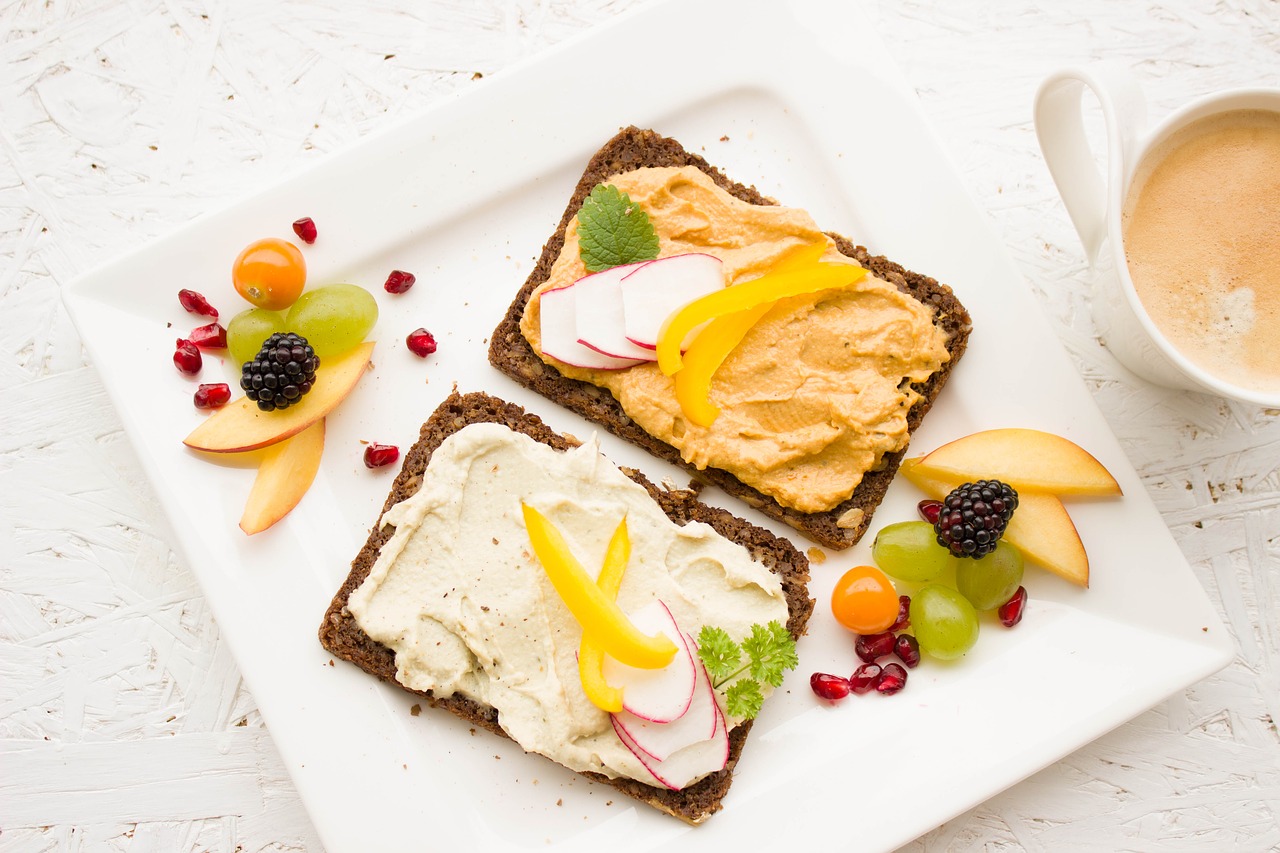Easy, Affordable and Healthy Eating Tips During Covid-19
The coronavirus global pandemic has affected our lives in many ways. Everything around us is closed and people are stuck in their homes juggling between work and home responsibilities. Many parents are buying ready meals and processed foods as a quick and low-cost way to feed the family during this tough time as finding easy, affordable and healthy food options is a bit challenging.
Here’s how you buy easy, affordable, and healthy food items that will provide nutrition and help build healthy eating habits.
1. Eat lots of Fruits and Vegetables
Buying and storing fruits and vegetables in bulk during lockdown is a bit difficult, but wherever possible, make sure your children are still getting plenty of fruit and vegetables in their diet. Whenever you can buy fresh vegetables and fruits, just buy enough for a week. You can also freeze them where possible and will retain most of their nutrients and flavour. You can also use fresh vegetables to cook large batches of soups, stews or other dishes. This will make them last longer and provide a wide range of meal options for a few days.
2. Buy healthy, dried or canned alternatives
Fresh produce is always not available. In such a case, you can buy plenty of healthy alternatives that are easy to store and prepare. For example, purchasing canned beans and chickpeas, which provide nutritional benefits, can be stored for months and can be added in meals in many ways. You can also buy canned oily fish such as sardines, mackerel and salmon as they are rich in protein, omega 3 fatty acids and a range of vitamins and minerals. You can use them cold in sandwiches, salads or pasta dishes, or cook as part of a warm meal. Canned tomatoes contain lower quantities of vitamins than fresh produce, but they are a great option when fresh produce or frozen vegetables are not available. Dried food like sun-dried grains, beans, pulses, lentils, rice, couscous or quinoa is also nutritious, long-lasting options that are tasty, affordable and filling.
3. Healthy snack option
Instead of indulging in sweets or salty snacks, choose for healthier options like nuts, cheese, yoghurt, chopped or dried fruits, boiled eggs, or other locally available healthy options. These snacks are nutritious, more filling, and help build healthy eating habits that last a lifetime.
4. Avoid highly processed foods
Avoid buying highly processed food, like ready-to-eat meals, packaged snacks, and desserts, that are often high in saturated fat, sugars and salt. If you do purchase processed foods, try to choose healthier options containing less preservatives. Avoid sugary drinks and drink lots of water. You can also add fruits or vegetables like lemon, lime, cucumber slices or berries to water to add an extra twist of flavour.
5. Make cooking and eating fun and meaningful event
Cooking and eating together is a healthy family practice as it strengthens family bonds and makes the eating experience valuable. Try to involve your children in food preparation, for example, small children can help with washing or sorting food items while older children can take on more complex tasks and help to set the table.

